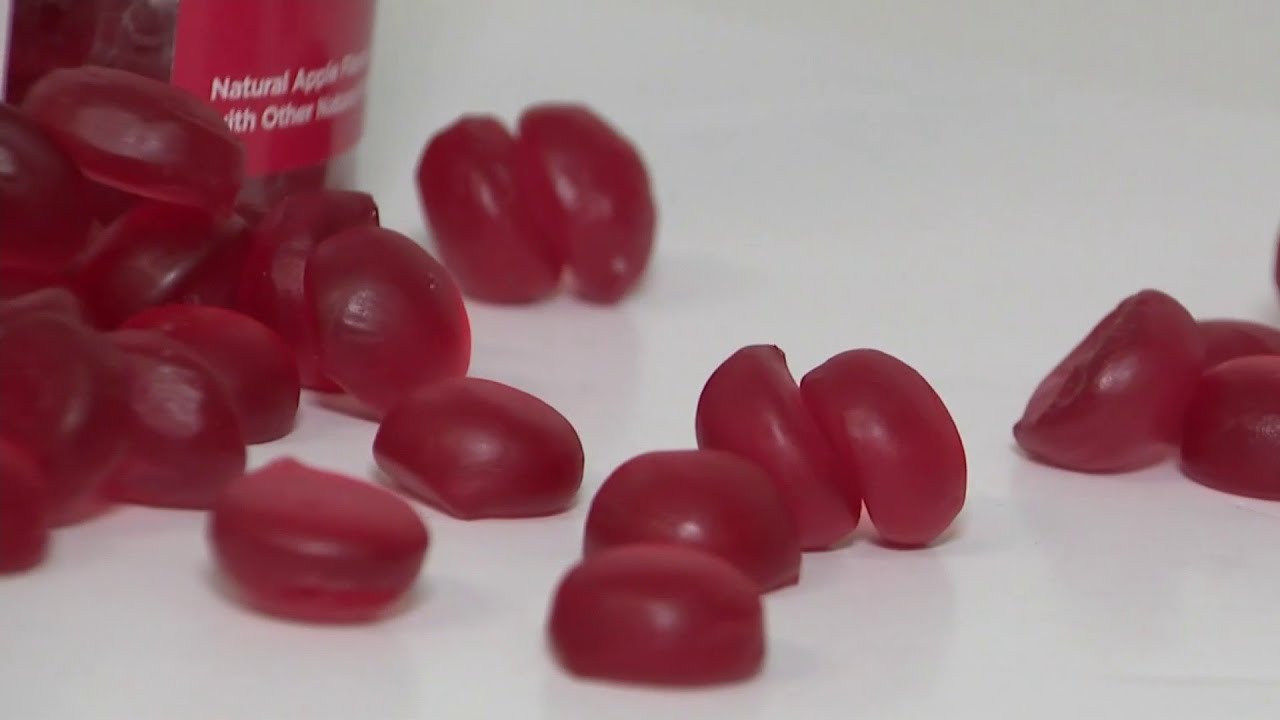The Importance of Nutrition in Reducing Belly Fat
In recent years, the focus on health and wellness has inspired many individuals to adopt various diets and fitness regimens aimed at achieving optimal body composition and enhancing overall well-being. Among the various health concerns that people face, belly fat—a key indicator of health risks—has gained notable attention. Accumulating excess fat around the abdominal area is linked to a higher risk of chronic diseases, including heart disease, type 2 diabetes, and certain cancers. As we advance into 2025, the emergence of anti-inflammatory diets specifically tailored to reduce belly fat is becoming increasingly prevalent.

These diets emphasize whole, nutrient-dense foods known for their anti-inflammatory properties. Inflammation plays a significant role in weight gain, particularly in the abdominal region. Foods rich in antioxidants, healthy fats, and fiber are not only beneficial for overall health but also possess unique properties that can help cleanse the body, promote fat loss, and enhance metabolic function. The understanding that food can be a powerful tool in combating inflammation has led many to explore this pathway with renewed interest.
Today, we will explore the top ten foods that are especially effective in burning belly fat, all while promoting a healthy, anti-inflammatory lifestyle. By integrating these foods into daily meal plans, individuals seeking to lose belly fat can create satisfying and nutritious meals that not only support weight loss but also contribute to overall health. The emphasis here will be on understanding how each of these foods works in the body, why they are important, and practical ways to incorporate them into one’s diet.
Nutrient-Rich Berries: Nature’s Antioxidants
Berries, such as blueberries, raspberries, and strawberries, are packed with essential nutrients and antioxidants that can aid in burning belly fat. These small but mighty fruits contain high levels of vitamins C and K, dietary fiber, and powerful polyphenols. The high fiber content helps regulate appetite by promoting feelings of fullness, which is crucial when trying to lose weight. Additionally, the antioxidants present in berries have been shown to reduce inflammation in the body—a key factor linked to weight gain and fat retention.
The specific types of antioxidants known as anthocyanins found in berries play a significant role in regulating metabolism and fat burning. Studies have shown that diets rich in anthocyanin may reduce visceral fat accumulation, particularly around the belly. Incorporating a variety of berries into your diet not only aids in fat loss but also improves cardiovascular health and supports overall immunity. Because they are low in sugar compared to many other fruits, they make an excellent addition to smoothies, yogurt, or as a stand-alone snack.
For those looking to integrate berries into their meals, consider making a berry parfait with Greek yogurt or blending them into a healthy smoothie. You can also use them as a topping for oatmeal, pancakes, or salads to enhance both the flavor and nutritional value. The versatility of berries makes them an excellent everyday option for anyone looking to manage their weight while also enjoying delicious foods.
Leafy Greens: Powerhouses of Nutrition
Leafy greens such as spinach, kale, and Swiss chard are fundamental components of an anti-inflammatory diet. Known for their low calorie and high nutrient density, these greens are rich in vitamins, minerals, and antioxidants. They are particularly high in dietary fiber, which can provide satiety, help with digestion, and regulate blood sugar levels. This combination is essential for anyone trying to reduce belly fat, as controlling hunger and blood sugar spikes can significantly impact weight management efforts.
The presence of phytochemicals in leafy greens contributes to their anti-inflammatory effects. These compounds help to combat oxidative stress and reduce inflammation in the body, addressing the underlying factors that contribute to fat accumulation. By decreasing overall inflammation, leafy greens can aid in the body’s metabolism, supporting any weight loss efforts while promoting general health. Kale, for example, has gained popularity for its nutrient profile and potential fat-burning properties.
Incorporating leafy greens into daily meals is simple and effective. Add them to smoothies for a nutrient boost, layer them into sandwiches and wraps, or use them as a base for salads. Sautéing leafy greens with olive oil and garlic makes for a delicious, healthy side dish. The key is to view these greens not merely as side components but as central elements in meals, which will maximize their benefits and enhance the overall dietary landscape.
Healthy Fats: Avocados and Nuts
Many people think of fats as detrimental to health, but in reality, healthy fats are essential for maintaining a balanced diet, particularly when it comes to weight management and burning belly fat. Foods such as avocados, nuts, and seeds are excellent sources of monounsaturated fats and omega-3 fatty acids, which are vital in reducing inflammation and enhancing metabolic function. The consumption of healthy fats can improve the feeling of fullness, potentially leading to reduced caloric intake throughout the day.
Avocados, in particular, have gained recognition as a superfood for weight loss. They are not only rich in healthy fats but also provide a significant amount of fiber, potassium, and vitamins. Research has shown that eating avocados can lead to reduced waist circumference and improvements in overall body composition. Incorporating avocados into your meals can satisfy cravings while providing essential nutrients that support a healthy inflammatory response.

Nuts also offer a significant weight-loss advantage. Studies indicate that regular nut consumption is linked to lower levels of belly fat. A handful of walnuts, almonds, or pistachios can be a satisfying snack or can be included in meals for an added crunch and flavor. When incorporating healthy fats into your diet, the emphasis should be on moderation to ensure that caloric intake remains balanced.
Whole Grains: The Fibrous Allies
Whole grains such as quinoa, brown rice, and oats are crucial components of a well-rounded, anti-inflammatory diet. Unlike refined grains, which can lead to spikes in blood sugar and increased fat storage, whole grains are packed with dietary fiber, vitamins, and minerals that facilitate healthy digestion and prolonged fullness. The fiber found in whole grains promotes gut health, which is intricately linked to overall health and weight management.
Integrating whole grains into your meals can significantly aid in fat loss, particularly in the belly area. Whole grains help regulate blood sugar levels and reduce insulin resistance, making it easier for the body to utilize stored fat as an energy source. For those looking to burn belly fat, swapping out refined grains for whole grains is a necessary step toward achieving sustainable results in weight management.
For meal planning, consider including whole grains like brown rice or quinoa as the basis for your meals. Prepare hearty bowls filled with vegetables, lean protein, and a scoop of your chosen grain. Oats can be enjoyed as a nutritious breakfast option or added to smoothies for a nutrient boost. The benefits of whole grains extend beyond weight management, as they are vital for overall health and can significantly improve your quality of life.
Fermented Foods: Gut Health Champions
Recent research has highlighted the crucial link between gut health and body weight regulation. Fermented foods such as yogurt, kefir, sauerkraut, and kimchi are rich in probiotics that support a healthy gut microbiome. A balanced gut flora is essential not only for digestive health but also for the body’s ability to process and retain nutrients efficiently, which is vital for burning belly fat. By maintaining a healthy gut microbiome, individuals are better equipped to manage inflammation and weight effectively.
Consuming probiotics can enhance metabolism and influence fat storage decisions made by the body. Studies have shown that certain probiotics can inhibit the absorption of dietary fat while also promoting fat excretion. This dual-action process contributes significantly to reducing fat accumulation in the abdominal area. Including fermented foods as part of your daily diet ensures that you are actively supporting your gut health and, by extension, your weight loss goals.
Incorporating fermented foods can be straightforward and delicious. Start your day with a bowl of yogurt topped with fresh fruits and nuts, or add a serving of sauerkraut to sandwiches or salads. If you enjoy cooking, consider making your own kimchi or fermented vegetables at home, which allows for customization and the satisfaction of creating healthful foods from scratch. The versatility of fermented foods ensures that there are numerous ways to include them in your meals.
Summary and Common Questions
As we explore the intersection of diet and weight management, particularly with regards to burning belly fat, it becomes clear that certain foods hold significant potential in fostering health. The twelve foods mentioned—berries, leafy greens, healthy fats, whole grains, and fermented options—provide not only the nutrients required for optimal health but also specifically support anti-inflammatory pathways that facilitate fat loss.
By integrating these foods into a balanced and diverse dietary plan, individuals can support their weight management goals while also boosting their overall health. The importance of combating inflammation can’t be overstated, as it is not only a contributor to unwanted weight but also a significant factor in overall health outcomes. Therefore, focusing on a diet rich in anti-inflammatory foods is essential for achieving lasting results.
People often have questions regarding the practicalities of implementing such diets. For example: How can I incorporate these foods into my daily meal plans? Start by planning your meals around these nutritious options, ensuring each meal has a mix of the aforementioned foods to maximize benefits. Are there any recipes that highlight these foods? Absolutely! Many resources are available, including cookbooks and online blogs dedicated to anti-inflammatory diets. What about snacks? Snacking on nuts, yogurt with fruit, or a simple berry smoothie can keep you satisfied while staying within your health goals. Lastly, remember that individual results can vary based on different metabolic responses, physical activity levels, and overall health.”
